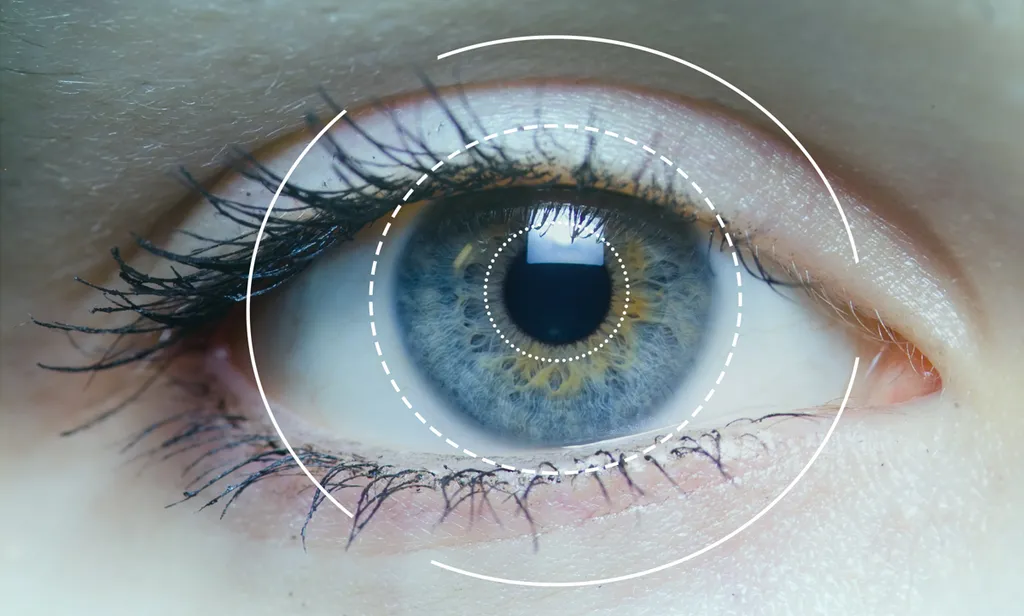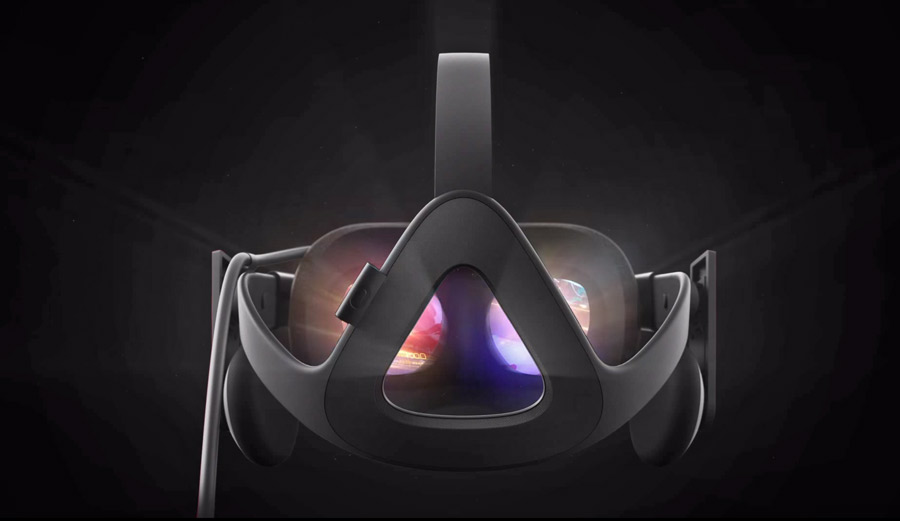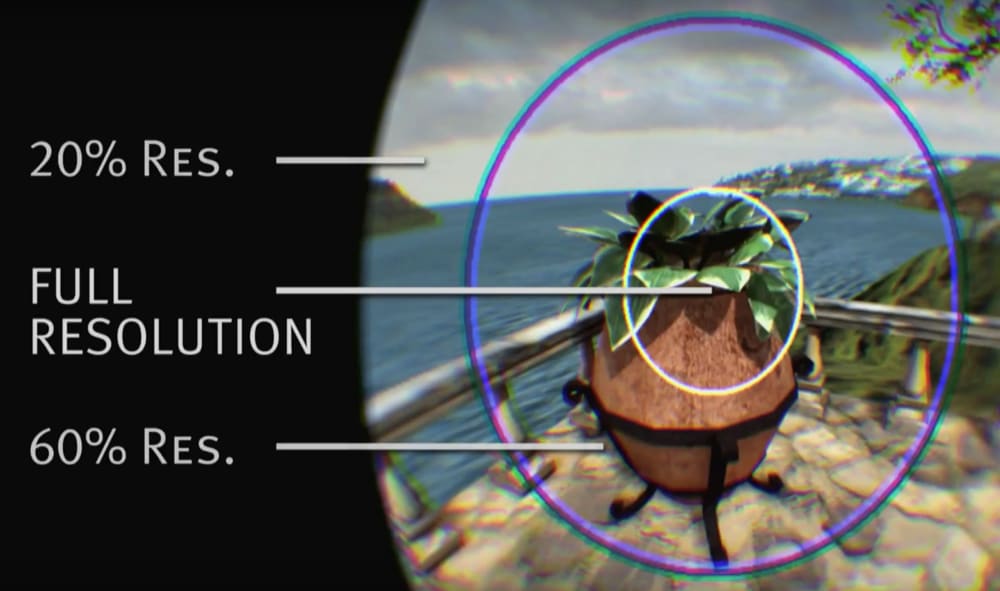Virtual reality has a resolution problem but according to one of the industry’s most active corporations, we may only be a couple decades away from 100% believable digital worlds.
Jason Paul is the general manger responsible for overall virtual reality strategy at NVIDIA — a leading manufacturer of graphics processors and other complimentary technologies. NVIDIA’s GPUs are what power many PC-connected VR headsets like the Oculus Rift and HTC Vive. If VR is a gold rush, NVIDIA is one of the companies set to make a killing by selling shovels.
NVIDIA has a great deal to gain by making VR more enjoyable, usable, and popular for the mass market. One of the pain points that the company could most readily address with it’s unique line of products is resolution. Right now, even with the most powerful GPU that NVIDIA makes, VR still looks fuzzier and duller than anyone would prefer. A large part of that is the limitations of the displays themselves, which have a limit on how many pixels they can physically represent. However, as the company making the engines that draw and render the images for these screens, NVIDIA needs to complete its fair share of product improvements to help solve VR’s resolution problem.
UploadVR interviewed Paul at NVIDIA’s annual developer conference in San Jose last week. Among a myriad of topics, one of the most significant things Paul shared was his estimated road map for how VR headsets would improve their resolutions.
“I actually sat down and did the math one time,” Paul recalled. “Based off how many pixels we would need to be able to push and mapping that out alongside our upcoming new GPU releases, it would take us about 20 years to achieve resolutions that can match the human eye.”
Paul describes sight as a “highly differing sense,” capable of detecting even the smallest inconstancies in its perceptions. For VR to reach a level of resolution capable of convincing our eyes that the simulated world is in fact real, we are going to need another 20 years of GPU development.
According to Paul, however, NVIDIA is also rapidly researching complimentary technologies capable of cutting this timetable down significantly. Techniques like foveated rendering are actively being explored by the company and are seen as possible shortcuts to a more immersive future.




























